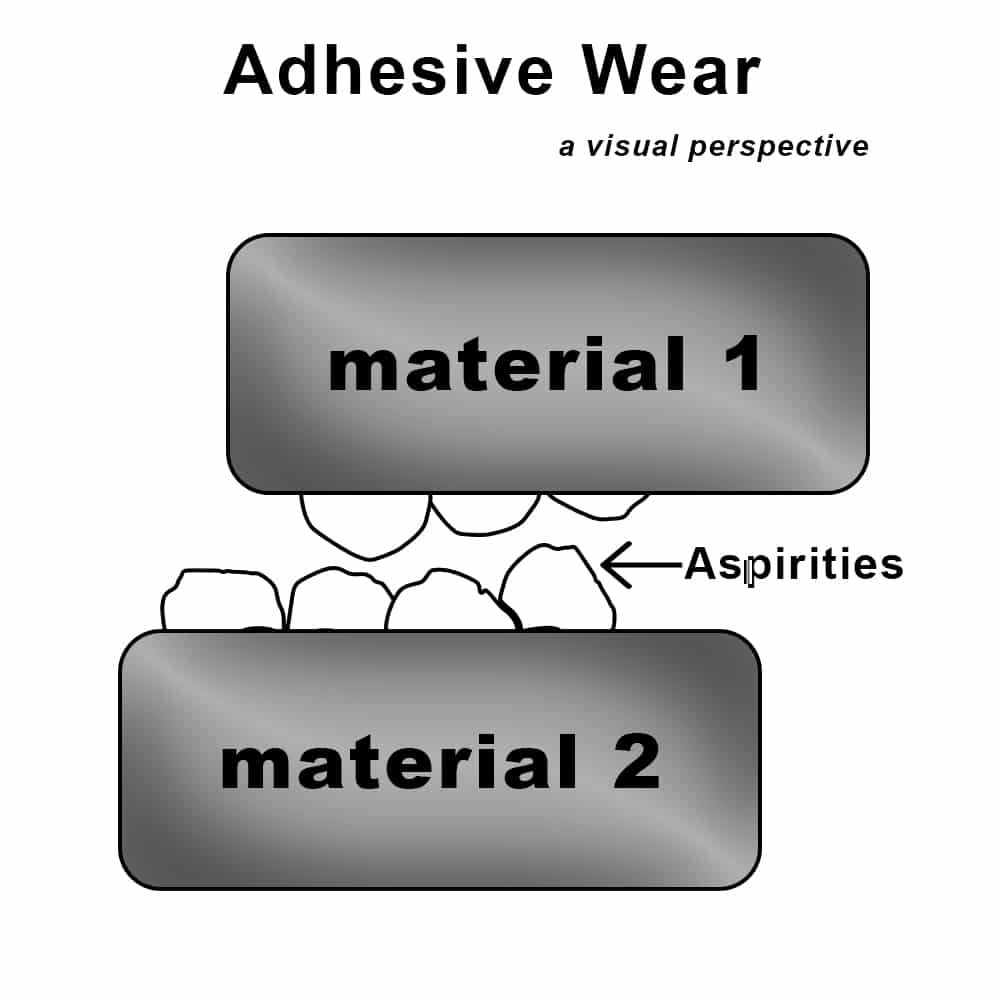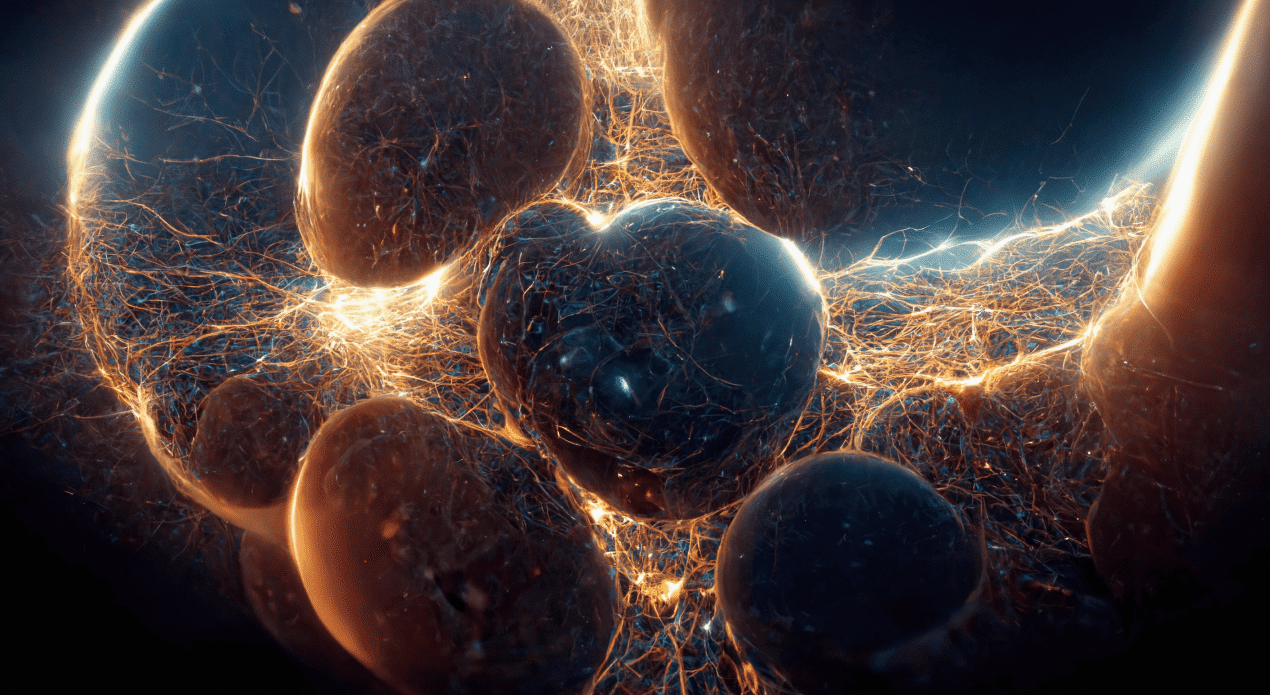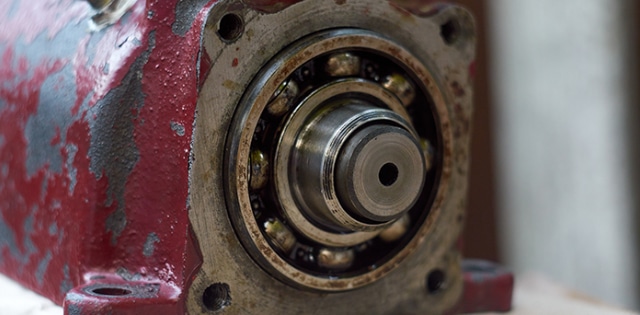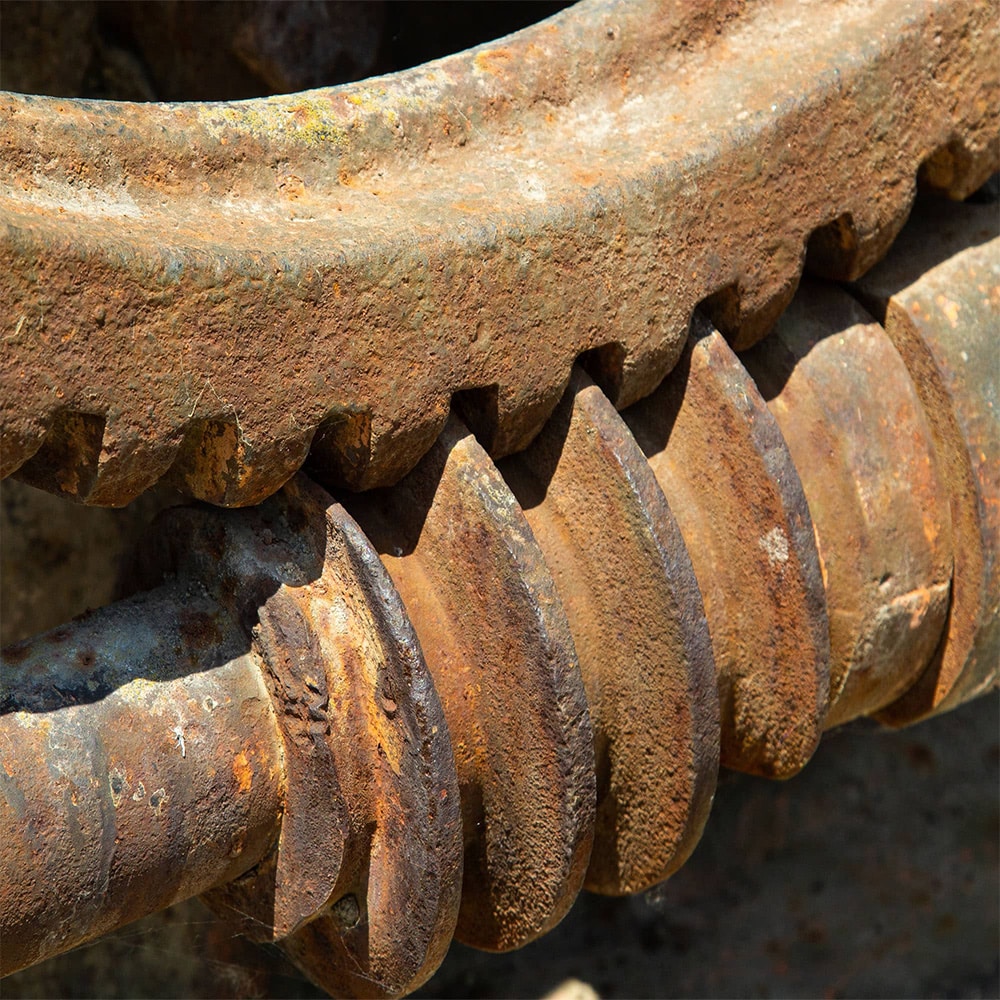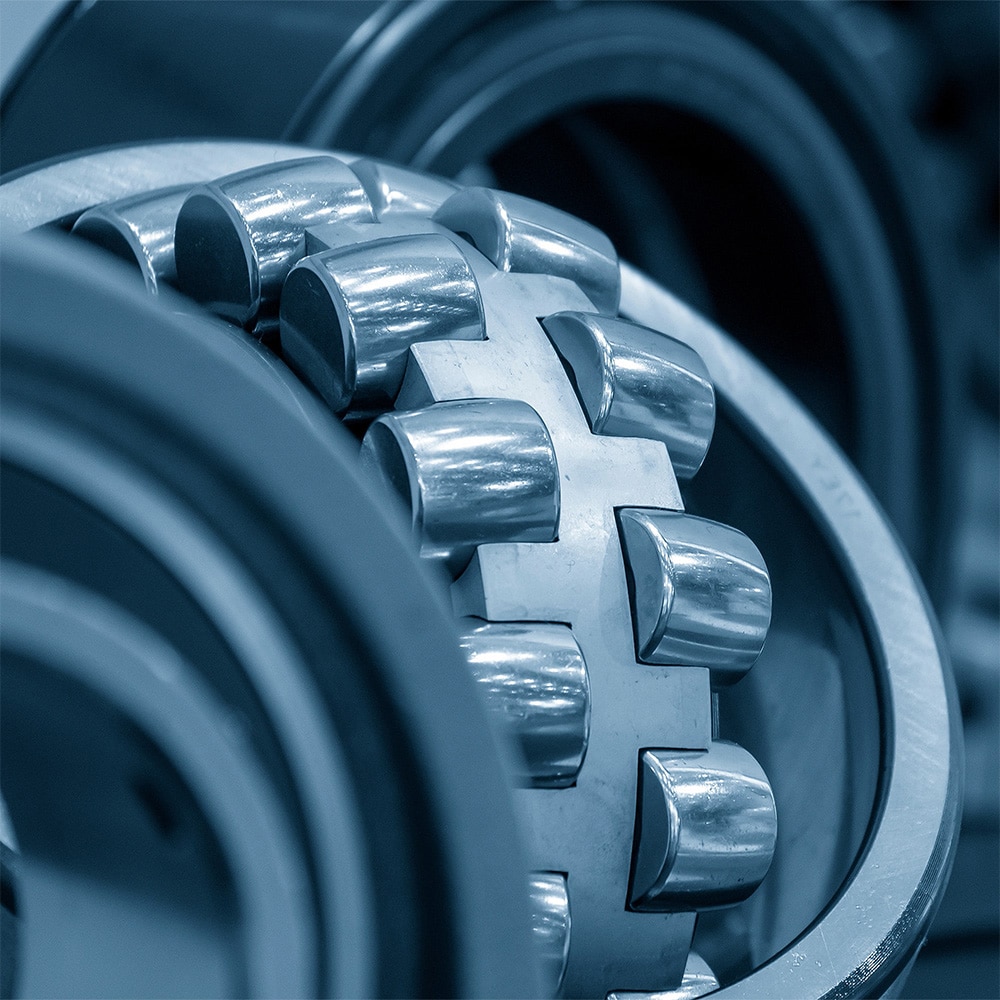Adhesive wear can lead to several types of failures, significantly impacting the performance and longevity of mechanical components. Here are the common failures associated with adhesive wear:
- Galling: This occurs when severe adhesive wear causes the surfaces to seize and weld together. It results in significant material transfer and surface damage, leading to operational failure.
- Scoring: Visible grooves or scratches appear on the surface due to repeated adhesive contact. This type of failure can reduce the efficiency of sliding components and increase friction.
- Seizing: The surfaces lock together due to strong adhesive forces, often leading to a sudden and complete failure of the component. This can halt machinery operations and cause extensive damage.
- Material Transfer: Particles from one surface transfer to another, leading to uneven wear and potential imbalance in rotating machinery. This can cause vibrations and reduced precision in operations.
- Surface Fatigue: Repeated adhesive contact can lead to surface fatigue, characterized by the initiation and growth of cracks. Over time, this results in the spalling or flaking of material.
- Pitting: Small pits or craters form on the surface due to localized adhesive failure. This can compromise the structural integrity of components and lead to premature failure.
Preventing adhesive wear involves selecting appropriate materials, applying surface coatings, using effective lubricants, and ensuring proper maintenance practices to reduce direct contact and friction between surfaces.


